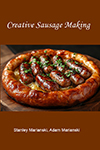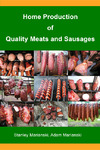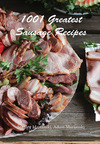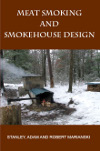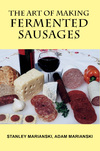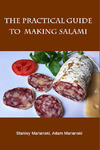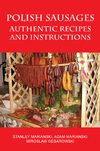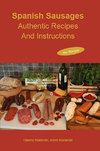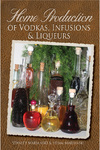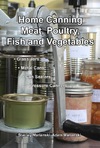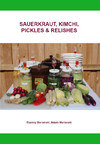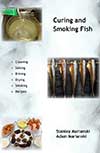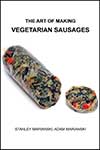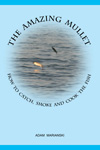Meats and Sausages
Urutan
Urutan is a Balinese traditional dry fermented sausage whose technology differs from the European sausages. No nitrite/nitrate is used in the process and the sausage owes its yellowish-brown color to turmeric (main ingredient of curry powder). Laos powder (Galanga pinata) and aromatic ginger (Kaempferia galangal) contribute greatly to its Eastern flavor. The climate in Bali is hot and the sausage is fermented at 25º C (77º F) at night and at 50º C (122º F) during the day. Such warm temperatures permit fast fermentation which is accomplished within 5 days. Urutan is not smoked.
| Meats | Metric | US |
|---|---|---|
| lean pork | 700 g | 1.54 lb. |
| back fat or fatty pork trimmings | 300 g | 0.66 lb. |
Ingredients per 1000g (1 kg) of meat
| salt | 28 g | 5 tsp. |
| Cure #2 | 2.5 g | ½ tsp. |
| dextrose (glucose), 0.5% | 5.0 g | 1 tsp. |
| black pepper | 5.0 g | 2½ tsp. |
| red chili pepper (cayenne family), 1% | 10.0 g | 5 tsp. |
| ginger | 1.0 g | ½ tsp. |
| garlic, 2% | 20.0 g | 6 cloves |
| turmeric, 1% | 10.0 g | 5 tsp. |
| Laos powder, 1.5% | 15.0 g | 7 tsp. |
| T-SPX culture | 0.12 g | use scale |
Instructions
- Grind meat and fat through 3/16” plate (6 mm).
- Mix all ingredients with ground meat.
- Stuff into collagen or sheep casings 24-26 mm and form 5” (12 cm) long links.
- Ferment at 24º C (75º F) for 72 hours, 90-85% humidity.
- Dry for two weeks at 16-12º C (60-54º F), 85-80% humidity.
- Store sausages at 10-15º C (50-59º F), 75% humidity.
Notes
Cure #2 has been added to the recipe to provide a safety hurdle. Traditional recipe calls for 5% garlic (similar to Thai Nham sausage) to provide extra safety.
Laos powder (Galanga pinata) - the aromatic, peppery, ginger-like spice is indigenous to Southeast Asia. Its pungent cardamom-like eucalyptus flavor enhances the overall flavor profiles of Thai and Indonesian cuisines. Used in pungent Thai curry pastes, meat marinades and stir-fries. Added to Indonesian spice pastes that are rubbed on duck and fish.

